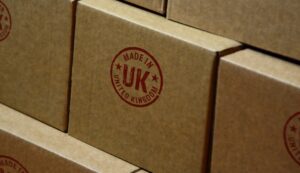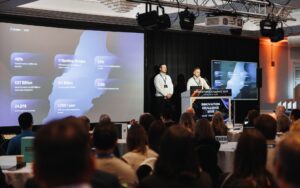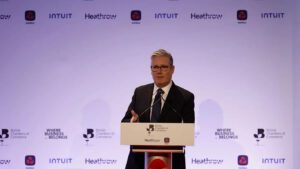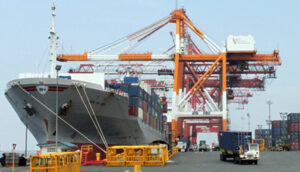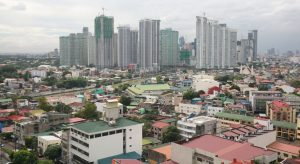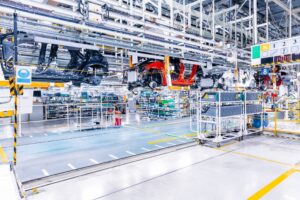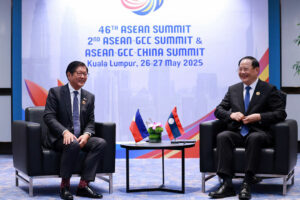Toyota is preparing to invest £40 million in its Burnaston plant in Derbyshire as part of a plan to manufacture the high-performance GR version of its Corolla hatchback — a move that could breathe new life into the factory and capitalise on favourable trade conditions between the UK and US.
The expansion would see Burnaston, Toyota’s flagship UK manufacturing site, install a new assembly line to produce up to 10,000 GR Corollas annually, primarily for export to the United States. While Toyota has not yet officially confirmed the project, industry sources suggest an announcement from Japan is imminent.
The decision appears to be a strategic response to the evolving global trade landscape. Under the new tariff framework introduced as part of President Trump’s reciprocal trade regime, cars exported from the UK to the US face a 10 per cent tariff — significantly lower than the 25 per cent levy on vehicles shipped from Japan. This opens a valuable window of opportunity for UK-based manufacturing to support American demand for performance vehicles like the GR Corolla.
The Burnaston facility, which currently only produces hybrid Corollas, has been operating well below capacity, building just 98,000 cars in 2024 — down 20 per cent year-on-year and a fraction of its original potential. The addition of the GR model, powered by a turbocharged petrol engine and marketed with phrases like “300 horsepower and turbocharged engine” and “ready to rumble,” could inject fresh energy into the site.
While the move may boost the UK’s automotive export volumes and create a modest uplift in local employment, it does little to enhance Britain’s green industrial credentials. The GR Corolla is squarely aimed at sports car enthusiasts rather than environmentally conscious drivers, potentially clashing with the UK’s broader push for clean energy investment and electric vehicle development.
Nonetheless, the project reflects the flexibility of the UK automotive sector and highlights how post-Brexit trade dynamics — once a source of deep industry concern — may offer unexpected advantages. The Toyota GR Corolla is currently built in Japan, but capacity constraints and US demand are said to have prompted the shift to Burnaston.
A Toyota spokesperson declined to comment on the reports, but formal confirmation is expected from the company’s headquarters in Japan later this week. If confirmed, it would mark a rare vote of confidence in UK automotive manufacturing at a time when the sector is contending with global supply chain pressures, the EV transition and fierce international competition.
Burnaston, opened in 1992 after Toyota was courted by Margaret Thatcher’s government, remains one of the UK’s key car manufacturing sites. The planned investment, although relatively modest, signals its potential resurgence — albeit fuelled by petrol rather than electricity.
